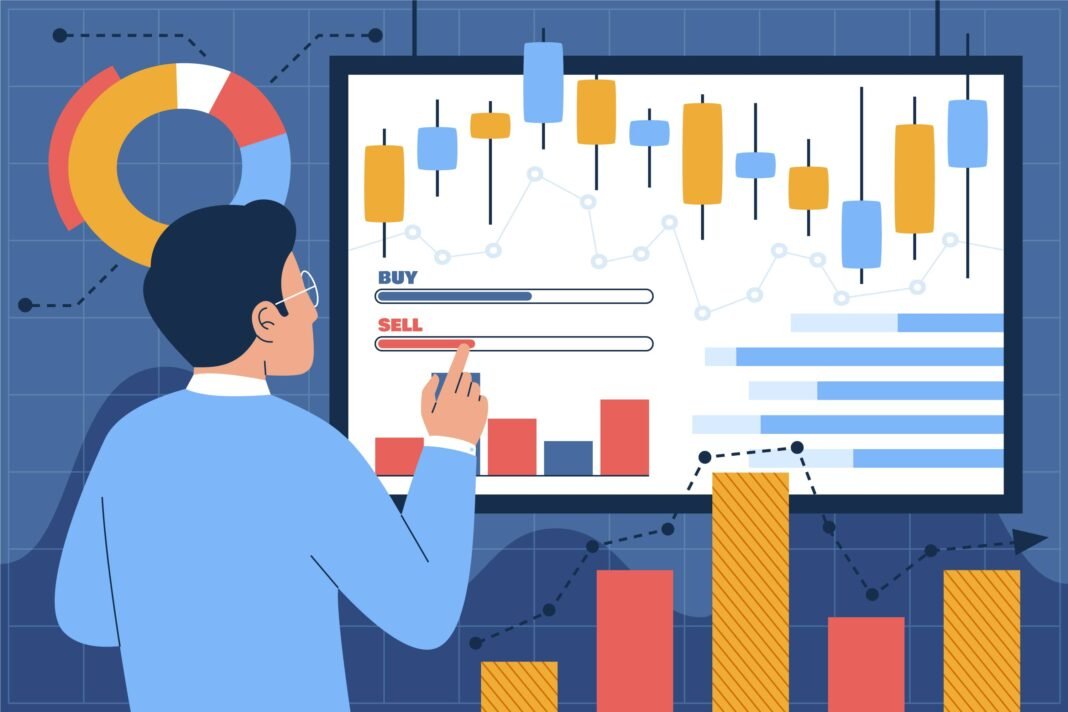In the realm of financial market analysis, few metrics possess the significance and predictive capability of the Producer Price Index (PPI).
Recently, signals from the PPI signals have taken an unexpected direction, sparking speculation regarding the future trajectory of the U.S. dollar (USD) and overall economic patterns.
While inflation has remained a consistent concern across global markets, the surprising decline in this crucial indicator points to a shift that cannot be overlooked by investors and analysts alike.
Understanding the Producer Price Index (PPI)
Before exploring the implications, it is essential to grasp the true nature of the PPI.
The Producer Price Index measures the changes in prices that domestic producers receive for their goods and services.
It serves as an early indicator of consumer price inflation. Since it reflects the costs associated with production, variations in the PPI often precede shifts in the Consumer Price Index (CPI).
Typically, an increase in the PPI indicates rising input costs, which may eventually be passed on to consumers.
Conversely, a decrease often implies that inflationary pressures could be subsiding or, more concerning, that demand may be diminishing.
The Market’s Reaction to This Month’s PPI signals
In April 2025, the U.S. PPI surprised the markets with a significant decline of -0.4%, markedly lower than the anticipated 0.2% increase.
The previous month had recorded a modest rise of 0.1%, which had kept investor confidence intact. However, this recent downturn abruptly altered that outlook.
Such a pronounced deviation from expectations has immediately sparked speculations about a potential bearish trend for the USD.
Since higher than expected PPI figures generally strengthen the dollar by suggesting inflation and possibly tighter monetary policy a weaker PPI reading can lead to the opposite outcome.
The importance of this development lies in the fact that it is not merely a random variation.
Rather, it indicates a wider slowdown in manufacturing prices, which may suggest an impending economic cooling phase.
As manufacturers earn less for their goods, this could lead to lower retail prices and diminished demand in the future.

Market Response and Investor Apprehensions
The market’s reaction to the recent Producer Price Index (PPI) data was swift and expected.
Investors who had previously held optimistic views on the dollar began to reevaluate their strategies.
Currency traders, in particular, paid close attention to the information, as it hinted at a potential deceleration in inflation, thereby decreasing the likelihood of aggressive interest rate increases by the Federal Reserve.
The bond market also showed a response, with yields experiencing a slight decline as traders adjusted their expectations for a less aggressive monetary policy. In contrast, equity markets displayed mixed results.
While lower inflation is generally favorable for corporate profit margins, the uncertainty surrounding economic stability has raised concerns about growth potential.
Additionally, the abrupt nature of the decline introduced an element of unpredictability, complicating investors’ ability to confidently adjust their portfolios.
Implications for the USD
The trajectory of the USD is intricately tied to inflation expectations and interest rate policies.
Should inflation appear to be under control, the Federal Reserve might opt to maintain or even reduce interest rates, which could result in a weaker dollar.
On the other hand, increasing inflationary pressures typically lead to rate hikes, thereby strengthening the currency.
Given the recent PPI data suggesting a moderation in inflation, the outlook indicates a possible bearish trend for the dollar.
However, it is important to recognize that a single data point does not establish a trend.
While this unexpected reading is noteworthy, analysts are looking forward to upcoming data releases to determine whether this marks the beginning of a more extensive deflationary trend or is simply a temporary anomaly.
Market participants are expected to proceed with caution during this period.
The Federal Reserve has repeatedly highlighted its reliance on data for decision making, and should additional PPI indicators correspond with this month’s figures, there may be a shift in monetary policy towards a more accommodating approach.
Broader Implications for Inflation and Growth
Examining the situation beyond currency markets, a declining PPI carries significant implications.
It may indicate that companies are finding it difficult to sustain their pricing power, which could imply a decrease in demand or an oversupply of goods. Both scenarios could create obstacles for corporate profits, wage increases, and ultimately consumer confidence.
Nevertheless, a reduction in inflation related metrics may provide some relief for consumers, particularly in sectors where prices have escalated over the past two years.
If the current PPI trends continue, we could see a stabilization in consumer prices, which would alleviate some financial strain on households.
However, this situation requires careful management. A significant drop in PPI could result in disinflation or even deflation, both of which have historically been associated with economic stagnation.
Therefore, it is essential for policymakers and investors to navigate this landscape with caution.
Expert Editorial Comment
The unexpected decrease in April’s PPI signals data has introduced a new dimension to the U.S. economic narrative.
While it may provide temporary relief from inflation worries, it simultaneously raises concerns regarding growth momentum and monetary policy.
compliments, the latest PPI data serves as both a warning and a prompt for investors, analysts, and decision makers.
In the upcoming months, attention will be focused on inflation metrics, central bank statements, and economic growth statistics.
Whether this decline in PPI represents a sustained trend or merely a statistical anomaly, one thing is clear remaining informed and adaptable is more crucial than ever in the rapidly evolving market landscape.

